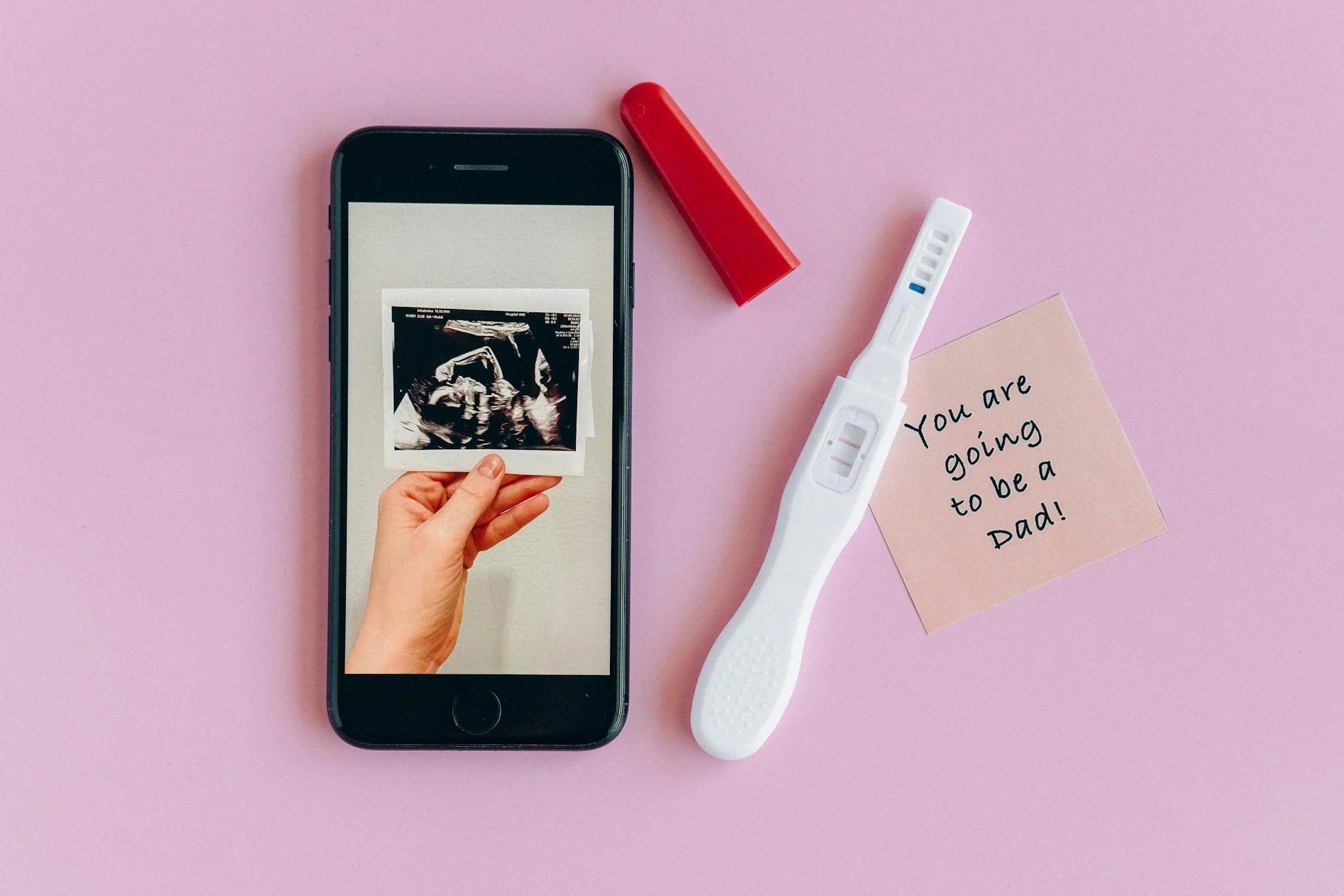Home
Pregnancy, Breastfeeding, and Pumping: The Ultimate Guide for Moms
How Early Does a Pregnancy Test Show: A Comprehensive Guide

How Early Does a Pregnancy Test Show: A Comprehensive Guide
For many women, the question of how early a pregnancy test can show a positive result is both exciting and nerve-wracking. Whether you're actively trying to conceive or simply curious, understanding the timing and accuracy of pregnancy tests is crucial. This guide will walk you through everything you need to know about early pregnancy testing, from the science behind it to practical tips for getting the most accurate results.
The Science Behind Pregnancy Tests
Pregnancy tests work by detecting the presence of human chorionic gonadotropin (hCG), a hormone produced by the placenta shortly after a fertilized egg attaches to the uterine lining. This hormone is often referred to as the 'pregnancy hormone' because its levels increase rapidly in the early stages of pregnancy.
Most home pregnancy tests are designed to detect hCG in urine. The sensitivity of these tests varies, with some able to detect lower levels of hCG than others. The more sensitive the test, the earlier it can potentially detect pregnancy.
How Early Can a Pregnancy Test Show a Positive Result?
The timing of when a pregnancy test can show a positive result depends on several factors, including the sensitivity of the test and the individual's hCG levels. Here's a general timeline:
- 7-10 Days After Ovulation: Some highly sensitive pregnancy tests can detect hCG as early as 7-10 days after ovulation. However, this is not common, and results at this stage may not be reliable.
- 10-14 Days After Ovulation: Most pregnancy tests can detect hCG levels around 10-14 days after ovulation. This is typically the time when a missed period occurs, making it a common time for women to take a pregnancy test.
- 14+ Days After Ovulation: By this point, hCG levels are usually high enough to be detected by most pregnancy tests, making the results more reliable.
It's important to note that hCG levels can vary widely among women, so the exact timing of when a pregnancy test will show a positive result can differ from person to person.
Factors That Affect Early Pregnancy Test Results
Several factors can influence how early a pregnancy test can show a positive result:
- Test Sensitivity: The sensitivity of a pregnancy test is measured in milli-international units per milliliter (mIU/mL). Tests with lower mIU/mL ratings can detect lower levels of hCG and may show positive results earlier.
- Timing of Implantation: Implantation, when the fertilized egg attaches to the uterine lining, typically occurs 6-12 days after ovulation. The timing of implantation can affect when hCG levels rise enough to be detected by a pregnancy test.
- Individual hCG Levels: Some women naturally have higher or lower hCG levels, which can affect when a pregnancy test will show a positive result.
- Testing Too Early: Taking a pregnancy test too early can result in a false negative, as hCG levels may not yet be high enough to be detected.
Tips for Accurate Early Pregnancy Testing
To increase the chances of getting an accurate result when testing early, consider the following tips:
- Use a Highly Sensitive Test: If you're testing early, opt for a pregnancy test with a lower mIU/mL rating to increase the likelihood of detecting low levels of hCG.
- Test with First Morning Urine: hCG levels are typically highest in the first morning urine, making it the best time to take a pregnancy test.
- Follow Instructions Carefully: Make sure to read and follow the instructions on the pregnancy test to ensure accurate results.
- Wait a Few Days: If you receive a negative result but still suspect you might be pregnant, wait a few days and test again. hCG levels double every 48-72 hours in early pregnancy, so waiting can increase the chances of a positive result.
Understanding False Positives and False Negatives
While pregnancy tests are generally reliable, false positives and false negatives can occur. Here's what you need to know:
- False Positives: A false positive occurs when a pregnancy test indicates a positive result when you're not actually pregnant. This can happen due to certain medications, medical conditions, or an expired or faulty test.
- False Negatives: A false negative occurs when a pregnancy test indicates a negative result when you are actually pregnant. This is more common when testing too early or not following the test instructions correctly.
If you receive a result that doesn't align with your expectations, consider consulting a healthcare professional for further testing.
When to See a Doctor
If you've received a positive pregnancy test result, it's a good idea to schedule an appointment with your healthcare provider to confirm the pregnancy and begin prenatal care. Even if you've received a negative result but are experiencing pregnancy symptoms or have missed a period, consulting a doctor can help rule out other potential causes.
Early prenatal care is essential for a healthy pregnancy, so don't hesitate to seek medical advice if you have any concerns.
Understanding how early a pregnancy test can show a positive result can help you navigate the exciting and sometimes uncertain journey of trying to conceive. By choosing the right test, timing it correctly, and following best practices, you can increase the chances of getting an accurate result. Whether you're eagerly awaiting a positive result or simply curious, this guide provides the information you need to make informed decisions about early pregnancy testing.
Share
